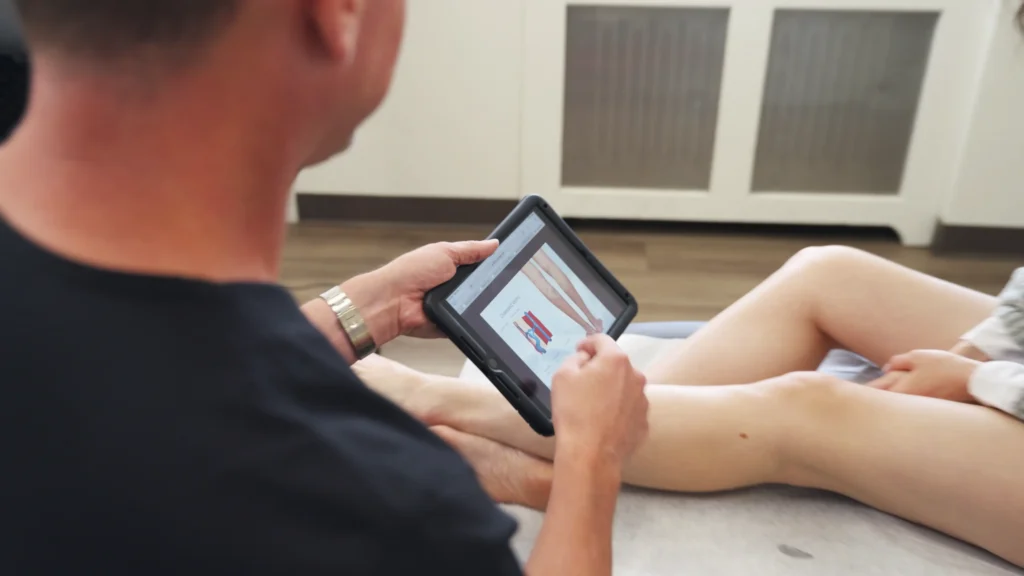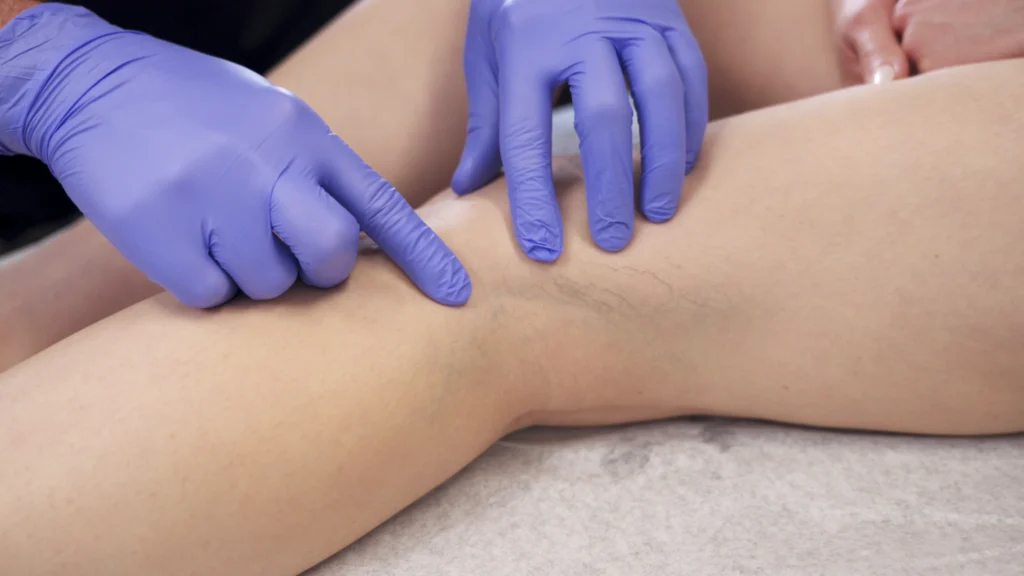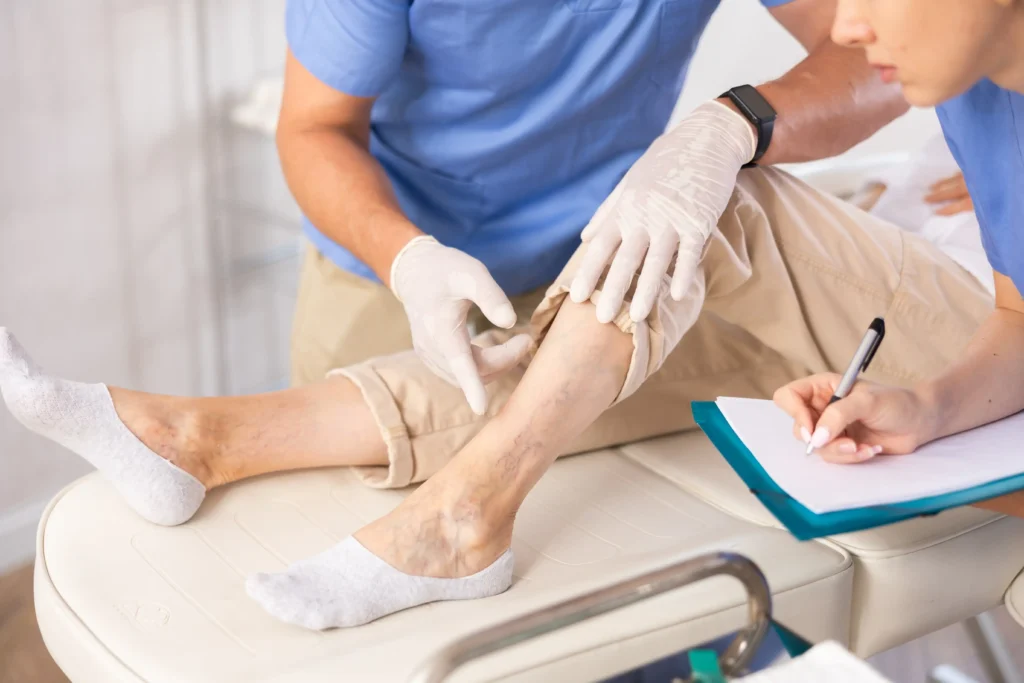New Technology in Vein Treatment: How These Devices Can Help You
Varicose and spider veins are common conditions affecting millions of people worldwide. These conditions not only cause aesthetic concerns but can also lead to significant discomfort and potential health complications if left untreated. Varicose veins, characterized by enlarged and twisted veins, often result in pain, swelling, and even skin ulcers. Spider veins, although smaller, can also be a source of discomfort and self-consciousness.
Traditionally, treatments for these vein conditions were invasive, involving significant recovery times and discomfort. However, advances in medical technology have led to the development of minimally invasive treatments that offer effective solutions with less downtime and discomfort. In this article, we will explore the latest technologies in vein treatment and how they can help you achieve healthier veins and improved well-being.
Traditional Vein Treatment Options
Before the advent of modern technology, treatments for varicose and spider veins were often invasive. Procedures like vein stripping and ligation involved surgically removing or tying off the affected veins. These methods required general anesthesia and significant recovery time and often resulted in considerable post-operative pain and scarring. The invasiveness and extended downtime associated with these procedures made them less than ideal for many patients.
Drawbacks of Traditional Vein Treatment Options:
- Invasiveness: Traditional treatments like vein stripping and ligation are invasive surgical procedures that require large incisions to access and remove the affected veins. This invasiveness can lead to more significant tissue damage compared to minimally invasive methods, resulting in longer recovery times and increased post-operative discomfort.
- Recovery Time: Because traditional vein treatments are more invasive, they typically involve a longer recovery period. Patients often need several weeks to heal fully, which can be inconvenient for those with busy schedules or demanding lifestyles. The extended downtime can also impact a patient’s ability to return to work or engage in daily activities.
- General Anesthesia: Traditional vein treatments require general anesthesia, which comes with its own set of risks and potential complications. The use of general anesthesia can cause side effects like nausea, vomiting, and prolonged drowsiness. Additionally, some patients may have adverse reactions to anesthesia, making the procedure riskier for certain individuals.
- Post-Operative Pain: Patients undergoing traditional vein treatments often experience significant pain and discomfort following the procedure. The large incisions and extensive tissue manipulation involved in these surgeries contribute to post-operative soreness, bruising, and swelling. Managing this pain typically requires prescription medications.
- Scarring: Due to the larger incisions required for vein stripping and ligation, patients are more likely to have visible scars. These scars can be a source of cosmetic concern, particularly when the treated veins are located in highly visible areas such as the legs.
- Higher Risk of Complications: Traditional vein treatments carry a higher risk of complications compared to minimally invasive procedures. Potential complications include infection, blood clots, and nerve damage. These risks are heightened by the invasive nature of the surgery and the need for general anesthesia.
- Hospitalization and Cost: Traditional vein treatments often require hospitalization, adding to the overall cost and inconvenience of the procedure. The need for a hospital stay, combined with the use of general anesthesia and extended recovery times, can significantly increase the financial burden on patients.
Are you interested in getting more information about your condition or a treatment?
Fill the form below to start!
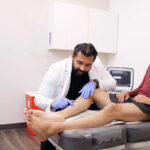

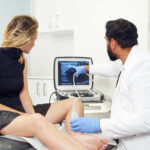
The Rise of Minimally Invasive Treatments
In recent years, there has been a significant shift towards minimally invasive treatments for varicose and spider veins. These advanced procedures offer numerous benefits over traditional surgical methods. Minimally invasive treatments typically involve less discomfort and shorter recovery times and are often performed on an outpatient basis, allowing patients to return to their daily activities much sooner.
Benefits of Minimally Invasive Treatments:
- Shorter Recovery Times: One of the most significant benefits of minimally invasive vein treatments is the shorter recovery time compared to traditional surgical methods. Patients can often resume their normal activities within a few days, making these treatments more convenient for individuals with busy lifestyles.
- Less Discomfort: Minimally invasive treatments are associated with less discomfort during and after the procedure. Techniques like laser ablation, RFA, and vein glue target the affected veins precisely, minimizing damage to surrounding tissues and reducing post-procedural pain.
- Minimal Scarring: Unlike traditional surgical procedures that involve large incisions, minimally invasive treatments typically require only small punctures or incisions. This results in minimal scarring and a more aesthetically pleasing outcome for patients.
- Outpatient Procedures: Many new vein treatments are performed on an outpatient basis, meaning patients can return home the same day. This eliminates the need for extended hospital stays and allows for a more convenient and cost-effective treatment experience.
- High Success Rates: New vein treatments have shown high success rates in closing off varicose and spider veins. Procedures like laser ablation, RFA, and vein glue have demonstrated long-term efficacy, providing patients with lasting relief from their symptoms.
Lorem Ipsum dolor sit amet
Types of New Vein Treatment Devices
Laser Ablation
Laser ablation is a cutting-edge treatment that uses laser energy to heat and close off the affected veins. During the procedure, a laser fiber is inserted into the vein through a small incision. The laser emits heat, causing the vein to collapse and seal shut. Over time, the body naturally reabsorbs the treated vein and blood flow is redirected to healthier veins. Laser ablation is particularly effective for treating larger varicose veins.
Radiofrequency Ablation (RFA)
Similar to laser ablation, radiofrequency ablation (RFA) uses heat to close off varicose veins. However, instead of laser energy, RFA utilizes radiofrequency waves. A catheter is inserted into the vein, and radiofrequency energy is applied, causing the vein to collapse and seal shut. RFA is known for its high success rates and minimal discomfort during the procedure. It is an excellent option for treating larger varicose veins and offers a swift recovery time.
Vein Glue
Vein glue, also known as cyanoacrylate adhesive, is a medical adhesive used to seal off varicose veins. During the procedure, a small amount of the adhesive is injected into the vein using a catheter. The adhesive works by closing the vein, allowing blood to be rerouted to healthier veins. One of the significant advantages of vein glue is that it does not require heat, making it a more comfortable option for patients who may be sensitive to thermal treatments.
Sclerotherapy
Sclerotherapy is a well-established technique for treating varicose and spider veins. During the procedure, a sclerosing solution is injected into the affected veins, causing them to shrink and collapse. The body eventually absorbs the treated veins, and blood flow is redirected to healthier veins. Sclerotherapy can be combined with newer treatment methods for enhanced results. For example, foam sclerotherapy, where the solution is mixed with air to create a foam, allows for better contact with the vein walls and improved efficacy.
Endovenous Steam Ablation
Endovenous steam ablation is an innovative treatment that uses steam to close off varicose veins. During the procedure, steam is delivered into the vein through a catheter, causing the vein to collapse and seal shut. The steam’s heat induces a thermal reaction in the vein walls, leading to their closure. Endovenous steam ablation is particularly useful for treating veins with complex anatomy or in areas where other treatments may be challenging to perform.
Important Considerations
While the benefits of new vein treatment technologies are numerous, it is essential to consult with a vein specialist to determine the best treatment option for your individual needs. Here are some important considerations:
- Vein Size and Location: The size and location of the affected veins play a crucial role in determining the most suitable treatment option. Larger varicose veins may require treatments like laser ablation or RFA, while smaller spider veins may be treated with sclerotherapy.
- Overall Health: A vein specialist will consider a patient’s overall health and medical history when recommending a treatment. Certain conditions or medications may influence the choice of treatment and the expected outcomes.
- Personalized Treatment Plan: Each patient’s vein condition is unique, and a personalized treatment plan is essential for achieving the best results. A vein specialist will conduct a thorough evaluation, including a duplex ultrasound, to assess the extent of the vein issue and determine the most appropriate treatment approach.
Contact VTC for Cutting-Edge, Minimally Invasive Vein Treatments
Advances in vein treatment technology have provided patients with effective and minimally invasive options for managing varicose veins and spider veins. Procedures like endovenous laser ablation, radiofrequency ablation, vein glue, sclerotherapy, and endovenous steam ablation offer numerous benefits, including shorter recovery times, less discomfort, minimal scarring, and high success rates. If you are experiencing symptoms of varicose or spider veins, it is essential to consult with a vein specialist to discuss your specific concerns and explore the available minimally invasive treatment options.
At Vein Treatment Clinic, our team of board-certified vein doctors utilizes state-of-the-art technology to provide personalized and effective vein treatments. We offer free insurance verification and have multiple locations across the United States, including New York, New Jersey, Long Island, California, and Washington DC. Don’t let varicose and spider veins affect your quality of life — schedule a consultation with us today.



